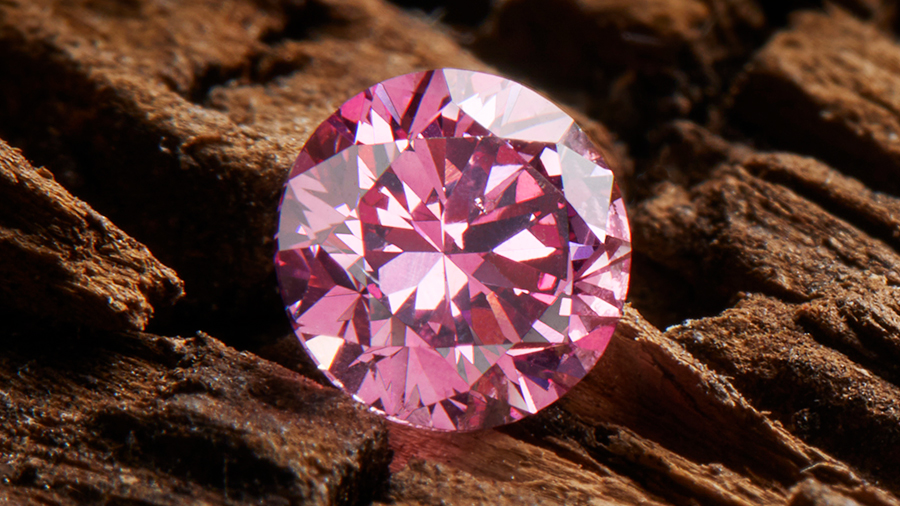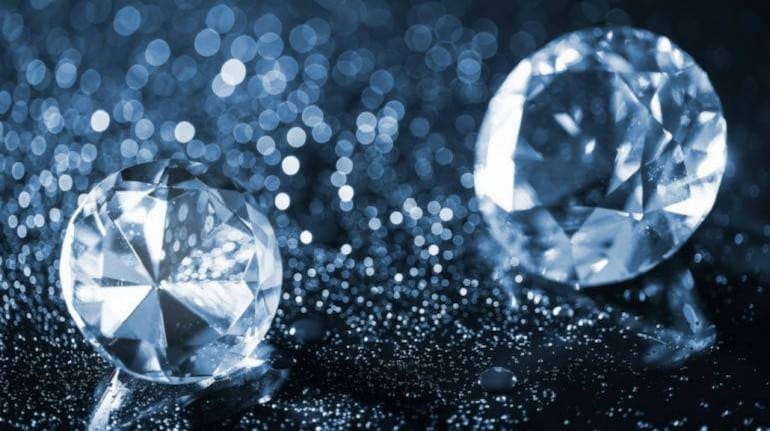With regards to picking a diamond, one of the most critical aspects is understanding the various diamond cuts types. The cut of a diamond decides how well it mirrors light, adding to its overall brilliance and beauty. In this article, we will investigate the different diamond cuts types, their characteristics, and how they can impact your decision in purchasing a diamond.
Table of Contents
What Are Diamond Cuts?
Diamond cuts allude to the shape and style of a diamond that impact its overall appearance and performance. The expression “cut” often confounds many customers, as it is particular from the diamond’s shape. While the shape characterizes the physical structure (like round, square, or oval), the cut encompasses how well the diamond has been shaped and faceted to mirror light. There are several diamond cuts types, each with its remarkable qualities and attributes.
The Popular Diamond Cuts Types
1. Round Cut
The round cut is one of the most popular diamond cuts types, known for its immortal elegance and exceptional sparkle. This cut features 58 facets, which maximize light reflection, giving the diamond its brilliant sparkle. The round cut is often the best option for engagement rings because of its classic appearance and versatility in various settings. While considering round diamond cuts types, it’s essential to search for ideal extents to guarantee optimal light performance.
2. Princess Cut
Another broadly favored choice among diamond cuts types is the princess cut. This square or rectangular shape is celebrated for its cutting edge appeal and striking brilliance. The princess cut features sharp corners and a faceted surface that mirrors light beautifully. It is a popular decision for those searching for a contemporary look while as yet maintaining the elegance of a traditional diamond. As with other diamond cuts types, the quality of the cut significantly affects the diamond’s overall brilliance.
3. Emerald Cut
The emerald cut stands out among diamond cuts types because of its exceptional step-cut plan. Dissimilar to the brilliant cuts that emphasize sparkle, the emerald cut centers around clarity and variety. This rectangular shape features broad, flat planes that create a “hall of mirrors” impact. While choosing an emerald cut diamond, think about its clarity, as any considerations or flaws will be more noticeable in this style. The emerald cut is a fantastic decision for the individuals who appreciate understated sophistication.
4. Asscher Cut
The Asscher slice is often compared to the emerald cut, however it has an all the more square shape and is characterized by its edited corners. This cut became popular in the early twentieth hundred years and has encountered a resurgence as of late. Like other diamond cuts types, the Asscher cut emphasizes clarity and variety rather than sparkle. Its extraordinary style and vintage appeal make it a favorite among those looking for something unmistakable and elegant.
5. Pad Cut
Pad cut diamonds, often alluded to as “cushion cut,” are known for their soft, adjusted edges and larger facets. This cut joins components of both the round and the princess cuts, bringing about a romantic and vintage stylish. Among diamond cuts types, the pad cut is particularly popular in antique gems and has a vintage charm that appeals to many buyers. While picking a pad cut, pay attention to its extents, as they can significantly affect the diamond’s appearance.
Other Notable Diamond Cuts Types
While the cuts referenced above are among the most well-known, there are several other diamond cuts types that merit notice. The oval cut, for instance, is elongated and can create the deception of greater size. The pear cut consolidates the smartest possible situation, looking like a teardrop shape. Lastly, the marquise cut, with its sharp finishes, can maximize carat weight and create a striking visual impression. Each of these cuts has its own remarkable beauty and charm.
Factors to Consider While Picking a Diamond Cut
While exploring diamond cuts types, several factors ought to be considered to guarantee you make the ideal decision. The diamond’s cut quality significantly affects its brilliance, so focus on lab grown diamonds with higher cut grades. Additionally, consider the diamond’s shape and how it supplements the wearer’s style and inclinations. For example, round cuts will quite often suit various styles, while princess cuts may appeal to those with a cutting edge taste. The setting of the diamond is also crucial, as it can enhance or detract from the stone’s appearance.
Conclusion
Understanding diamond cuts types is essential for anyone hoping to purchase a diamond. Each cut offers unmistakable qualities that can impact the diamond’s overall look and performance. Whether you incline toward the classic elegance of a round cut, the advanced appeal of a princess cut, or the vintage charm of a pad cut, there is an ideal diamond cut for everybody. By considering the characteristics of each cut and how they align with your personal style, you can make a very much educated choice while choosing the ideal diamond.


